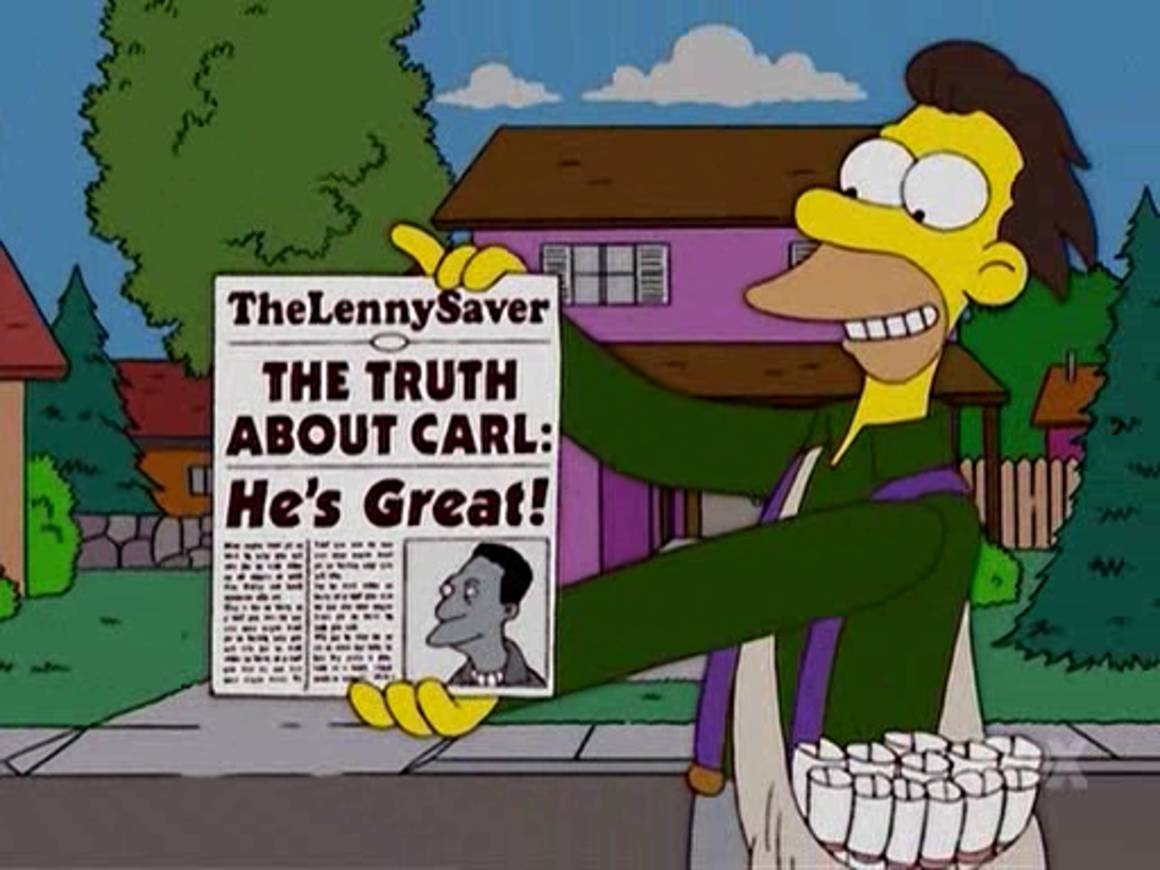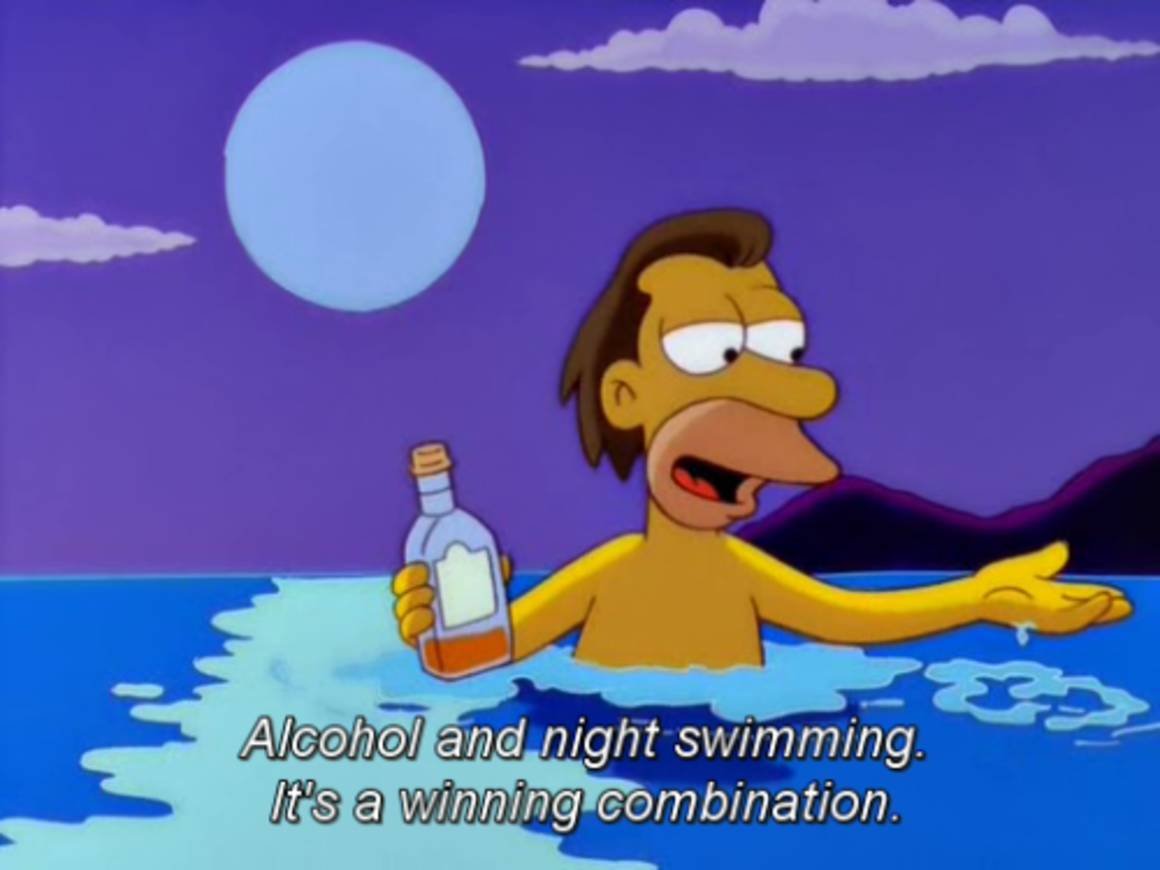Pudding. Baywatch. Carnival. Red fox. Sightseeing. Jazz. Veganism.
These are all perfectly good thoughts to have. You may have noticed that each one of them causes a feeling or an image or sound to pop up inside your mind. This process is commonly known as thinking. Humans generally think millions, even billions of thoughts throughout their lifetimes. It’s fine to think as many of them as you like, as long as you don’t try to have all of the thoughts at the same time. There are a handful of people who try to do that once in awhile, but their heads usually implode or, in very few cases, they become Stephen Hawking.
Now, the really amazing thing about thinking is that you can have thoughts about almost anything! The power of thinking-ness can shape all sorts of stuff into existence, though the vast majority of brain babies will most likely remain confined to the tiny dungeon that is your imagination. Clock falafel bone monster Sundays? Awesome. Jeopardize the annual vodka yogurt at of in Staines? OK! Participle grumpy trainspotting pizzle fart? Superb! Donald Trump for President? Fantastic! As you can see, there is no limit to the wonderful/terrible thoughts your mind can cook up out of nowhere.

But any small child or pundit can have random thoughts, which they usually air without filter as either a belch or an evening talk show. To really make the most of your thoughts, however, you need to organize them into something that actually makes sense. Though it may be fun to try alphabetising your toes, it will ultimately do you little good in everyday tasks like “surviving” and “socializing”. What aids you in these cases is called coherent thinking. Allow me to illustrate.
You had a pretty bad day at work. Your boss did that thing of his where he was being a total cockswab, and he forced you to stay in for three hours of overtime. When you finally get out of the office, you’re understandably frustrated. You head straight down to the bar to ease some stress… Oh, did I mention that your dog died this morning? Yes, your dear old pooch Excalibur has sadly expired, along with everyone else in your dad’s car and the orphanage he drove through while going about a hundred miles an hour. Drunk driving is a terrible thing.
So anyway, you’re ironically midway through your twenty-fourth white Russian when you spot someone sitting alone at a table across the room. And, by the Gods of Olympus, is this creature gorgeous! You breathe in slowly, gather up your courage and walk over to them. Who knows? Maybe something good will come out of this otherwise very bad day. You sit down across from him/her/[insert pronoun] and he/she/[insert pronoun] gives you a curious, not-entirely-uninterested look. So you flash your widest, most charming smile, open your mouth and proceed to blurt out “Superman nose-hair bleach umbrella leather ice-nipple”, followed by a half pirouette and a faithful rendition of the Lion King theme song.

Partway through your sixth chant of “Ingonyama nengw’ enamabala”, you may suddenly realize that you’ve just made a blunder. Your first instinct is to blame it on the alcohol muddling your brain. But no, the alcohol has no bloody clue what you’re on about either. In fact, the alcohol is a bit worried about you, to be honest. Because what you are actually suffering from, apart from soul-crushing embarrassment, is a severe case of thought incoherence.
What are you to do? Is this something a doctor can help with? Is it something you should take pills for? Is the stove still on? Is it because seven eight nine? Islamabad? See, you’re doing it again. It’s worse than I thought. But have no fear, for the only thing you need is a simple and effective way to make your thoughts coherent. The thing you need is the Four T’s of Thinking: Topic, Type, Track and Test!
Let’s start off with the first T: Topic. Broadly speaking, Topic has to do with what you should be thinking about in a specific context. Normally, your mind might be tempted to wander like a drunk nihilist on Christmas. Topic helps you focus on the handful of thoughts that would actually be useful in a given situation. It anchors you in the here and now, allowing your brain to start doing things like problem solving, decision making and other important sciency stuff. The essence of Topic is that it brings to mind all sorts of things that are at least remotely related to your current situation.

For example, let’s say you’re in the woods, doing… whatever it is people go into the woods to do. Suddenly, a wild bear does a Pokemon and appears in front of you! Do you: a) contemplate marxist theory, b) appreciate how sweaty your feet are, or c) think about how bears usually have teeth and claws? If your answer was c), congratulations! You have correctly chosen the Topic of your thinking for this specific situation, and thus have taken your first step towards survival. If your answer was a), b) or “parrot caca”, well, here’s hoping you reincarnate as something bears wouldn’t eat, like fungus or a slug.
Moving on, Type is the second T of Thinking. Type refers to how we should think the thoughts already determined as our Topic. In the above example, acknowledging that the wild bear has pointy bits is a good first step, but not enough to ensure survival. This is where Type comes in: it focuses the broad Topic into specific kinds of thinking that would serve in the situation you find yourself in. In other words, Type marks the significant difference between thinking “Oh, look, a bear” and “Oh, shit, a bear!”.

Now, it is very easy to confuse Type with a purely emotional response, but it is not something as simple as a fight or flight instinct. Allow me to explain this using the earlier bar example. In that otherwise doomed attempt at flirting, the first T could help by focusing your mind on thoughts relevant to the process of courtship, instead of Disney songs. But that, in and of itself, would not necessarily be sufficient to spare you from embarrassment and/or incarceration. After all, fondling your partner’s genitals does eventually become acceptable behaviour in most romances, but skipping straight to it is often looked down upon. This is where the second T comes in to save the day: Type is what makes you start off with a compliment (appropriate), rather than a straight proposition to “make some sexy” (inappropriate).
The third T of Thinking is Track. It connects the various thoughts that have individually passed the filters of Topic and Type, creating a logical chain. Though most people have a passing aptitude for the first two T’s, Track is where many start facing difficulties. This is because quite a few strings of thought carry the illusion of making sense, when in fact the ideas they produce do not even begin to resemble something even remotely logical. A good example of this would be the religious mythology of a certain cult with a very firm stance regarding galactic overlords and psychology. [Note: A cheap shot, perhaps, but I believe neither I nor my editor can afford a more expensive one.]

A healthy Track takes appropriate thoughts of the same Topic and similar Type and puts them in a consistent sequence, forming a coherent train of thought. Track is being aware of the connection between randomly punching someone in the jejunum and a (perhaps extended) visit to the local jail. Left alone, thoughts are at risk of connecting in weird and illogical ways. Master Track, however, and you are one step closer to assimilating that most elusive of thinking skills, common sense.
Now that you have survived the trials of nature and basic human interaction, you are ready for the next level of thinking theory. It’s time to move on to the fourth and final T of Thinking: Test. Up to now, you have learned to focus your thoughts into a structure that seems logical to you. The main principle behind Test, however, is the acknowledgement that, in many cases, each and every one of us is a slobbering cretin if we’re left entirely to our own devices. Test is, in essence, an extra filter that checks whether you should expect other people to react to your externalized thoughts by staring at us as if we’ve just defecated in their pantry. Unfortunately, Test takes much more effort to apply than the previous T’s, which is why many people simply don’t bother with it.

How does Test actually work, though? Simple: it starts with accepting that, like you, other people think as well, and that many of them have thought about specific things a lot longer and better than you. What comes after is trying your very best to keep this in mind as you think your own thoughts. Though it may seem counter-intuitive, Test is most useful precisely when you are certain that your thoughts are more valuable than those of literally everybody else. This can happen more often than you’d imagine, as even barely passing experts of the first three T’s tend to become a bit cocky. Once this happens, it’s only a matter of time until you suffer a fatal attack during a heated argument with a climatologist.
But fear not! A steady regimen of daily Test practice can help you avoid this and many other unpleasant consequences of un-thinking! The key, as with many things in life, is dedicated repetition: exercise the principles of Test whenever the occasion presents itself. Do this despite setbacks, ignoring failures and learning from losses. Should your pride demand that you stop, persevere nonetheless. Remember that no one was born a good thinker, even if it seems like they were. And when you realize that the path ahead of you is longer than you would have previously admitted, that is when you will have taken the first step towards Test mastery.
Sally forth, young thinker!
Some of the coverage you find on Cultured Vultures contains affiliate links, which provide us with small commissions based on purchases made from visiting our site. We cover gaming news, movie reviews, wrestling and much more.



